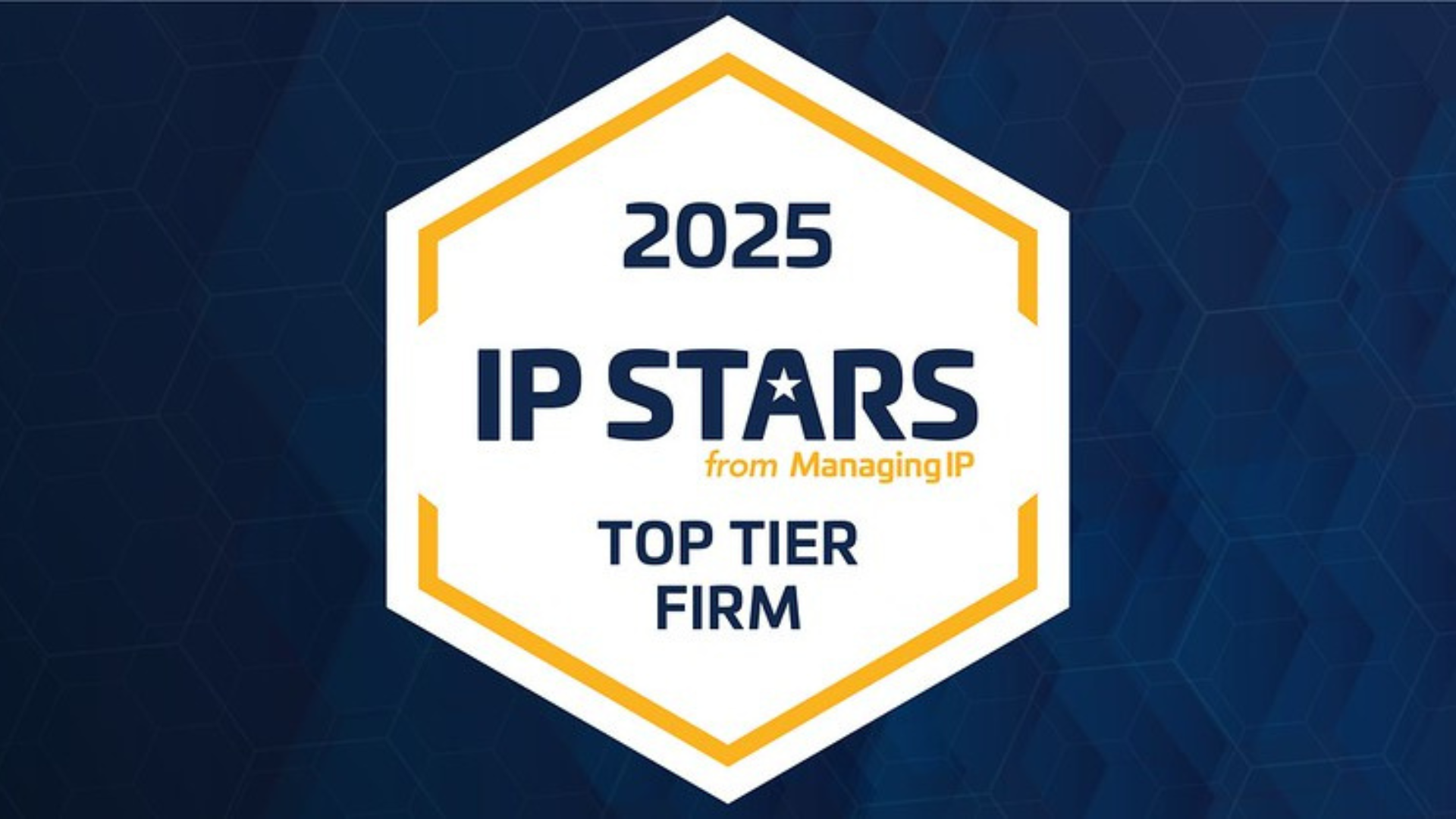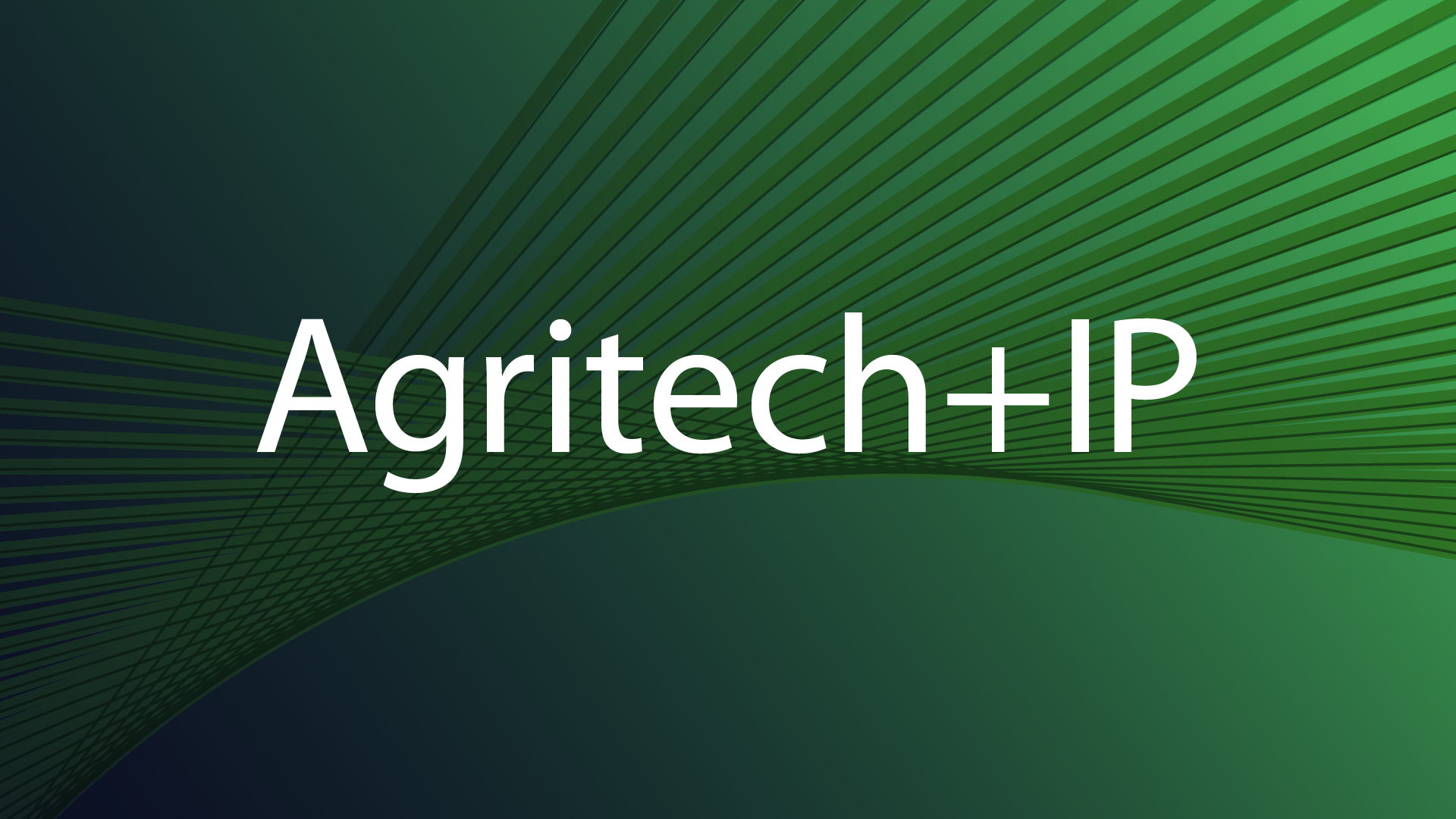Healthcare Scanner
Patenting digital mental health
June 2022
Mental health and behavioural disorders have a profound impact on wellbeing worldwide, with an estimated 13% of the global population suffering from a mental health or substance use disorder [1].
Monitoring and managing mental health conditions poses a unique set of problems for clinicians, researchers, and patients. Many mental health disorders are chronic and relapsing, and thus there is a need to provide long term follow up and assessment in order to improve patient outlook and determine a correct intervention. Reliance on self-reporting to detect a relapse or monitor progress can be unreliable due to recall bias and deliberate misreporting of symptoms. The ubiquitous nature of mobile and wearable technology provides a profound opportunity for large-scale collection of passive behavioural data. This has caused a huge increase in interest in building so-called digital mental health products[2] by making use of sensors, big data, and computational techniques such as machine learning for detecting or predicting a mental state or determining an intervention[3].
Obtaining patent protection for an invention related to such digital mental health technology may be considered difficult, due to its location at the intersection of computer software, mathematical methods, mental acts, diagnosis, and therapy.
Non-patentable subject matter
Predictive algorithms, including artificial intelligence and machine learning models, are considered to be mathematical methods under European practice[4] and are thus excluded from protection under European law when claimed as such (Article 52(2), 52(3) EPC). In practice, if a claim is directed to the use of technical means such as a computer to perform the method, the subject-matter as a whole is not excluded. The claim is then considered a “mixed-type claim” consisting of both technical and non-technical features. Non-technical features such as a mathematical method can contribute to the inventive step of the invention if they contribute to producing a technical effect. A mathematical method, such as a machine learning algorithm, can contribute to producing a technical effect by serving a technical purpose (T 1227/05) or by being adapted to a specific technical implementation (T 2330/13).
Mental health inference – a technical purpose?
The definition of a technical purpose can be inferred from existing case law and examples provided by the EPO. The relative youth of digital mental health technology means there is limited case law available to define which implementations meet the requirements of the EPC. An acknowledged example of a technical purpose is providing a medical diagnosis by processing physiological measurements[5] and so at least some digital mental health technology, harnessing physiological data and providing a clinical picture, would be considered to serve a technical purpose. Clearly, not all implementations are equivalent, and whether this example can be extrapolated to a particular implementation in digital mental health depends at least on:
- The aim of the invention. Is a diagnosis or a treatment a necessity, or can inferring a non-clinical mental state also be considered technical?
- The type of data being collected and utilised. Can inference from behavioural (non-physiological data) also contribute to a technical effect?
Case studies
In a review of European patent applications in this area, very few applications have been granted. One application of note which did proceed to grant is European patent application 15834564.5 entitled “Speech-based assessment of a patient’s state of mind”. Initially, this application was filed with a claim to determining “a state-of-mind of the patient”. The EPO did not object that this was a non-technical purpose, however crucially the EPO objected that the feature was not clear as the claim was unduly broad, and the skilled person would not understand what technical features are necessary to perform the stated function. The ultimately granted claims are substantially limited to determining whether the patient is suffering from Post-Traumatic Stress Disorder and reciting in precise technical detail the collection and processing of the speech pattern which enables said determination.
This approach has been echoed in several less successful applications, notably European patent application 16876856.2 in which the Examiner has provided a thorough assessment of mixed-type inventions in digital mental health. In this case, the claimed invention was extremely broad, reciting use of machine learning or artificial intelligence to determine a presence of a mental health disorder, and the use of machine learning or artificial intelligence to provide a therapeutic treatment plan for said disorder. The Examiner acknowledges that the features taken in isolation are non-technical but have an allegedly technical purpose in the improvement of a medical condition of a patient with a mental health disorder. The problem for the invention arises in the fact the claim is not sufficiently limited to ensure this technical purpose is served over the whole claim. Without sufficient limitation to define the data used such that the technical purpose is served across the entirety of the scope, none of the claimed distinguishing features can be considered to contribute to a technical character.
Similarly, European patent application 13829654.6 defines the prediction of a risk of a change in a medical symptom based on a frequency of outgoing phone calls. The Examiner considered the application to lack an inventive step, amongst other reasons, because the claim did not define how any predictive model was constructed which ensures the achievement of an accurate or optimised determination. Simply referencing that an inference is based on a particular parameter is not considered sufficient to provide a technical effect.
Summary and tips for drafting and prosecution of digital mental health inventions
From the limited cases identified, positively the evidence seems to show that the EPO consider both the identification and improvement of mental health disorders to serve a technical purpose, which is a positive foundation for obtaining protection to digital mental health technologies. Typically, in line with machine learning case law in other fields, these applications seem to fail most commonly due to not disclosing or claiming the invention in sufficient detail to ensure the aim is achieved. Several steps can be taken at the drafting stage to ensure the European patent application has the strongest chance of success:
- Have a well-defined aim and claim it – avoid broad features like “determining a mental state” as this will most likely lack novelty, clarity and render the claim non-technical. Define an aim which is achieved across its whole scope by the invention;
- Supporting data is key to ensure that the application shows the claimed effect is enabled over its scope;
- It’s all in the detail – the claims must include sufficient detail that all embodiments falling within the scope achieve a technical aim. In particular with AI based invention, this may include defining exactly how the algorithm is trained to ensure an accurate model.
This article was prepared by HGF’s Patent Attorney Cassie Smith.
[1] https://ourworldindata.org/mental-health
[2] https://www.jmir.org/2021/10/e27507
[3] https://www.sciencedirect.com/science/article/pii/S1574119217305692
[4] https://www.epo.org/law-practice/legal-texts/html/guidelines/e/g_ii_3_3_1.htm
[5] https://www.epo.org/law-practice/legal-texts/html/guidelines/e/g_ii_3_3.htm
(EP publication numbers of relevant applications for reference: EP3160334, EP3394825, EP3307165, EP3557479, EP3787481, EP2884888)

































